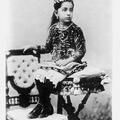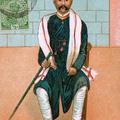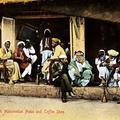Europeans Travelling on the Palanquin
A very early postcard most likely drawn by lithographer Paul Gerhardt and printed at The Ravi Varma Press, although this is not certain and is based on its similarity to other signed Gerhardt postcards in its use of leaves and trees and background.

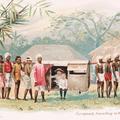
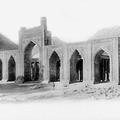
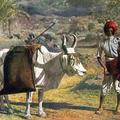
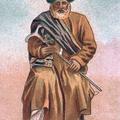
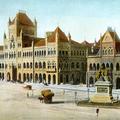
![Victoria Terminus G.I.P. Ry. [Railway] Bombay. Victoria Terminus G.I.P. Ry. [Railway] Bombay.](https://www.paperjewels.org/sites/default/files/styles/square_thumbnail/public/slides/victoria-terminal_0.jpg?itok=uukFr1bb)
